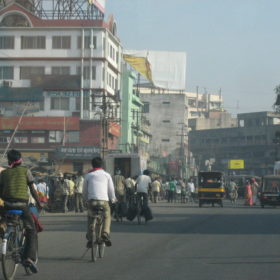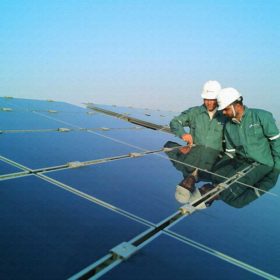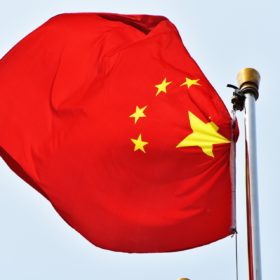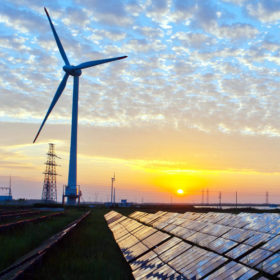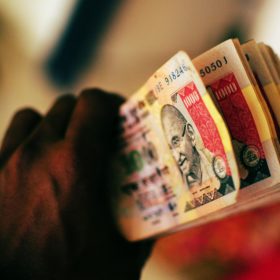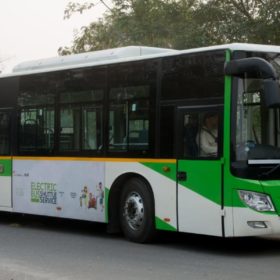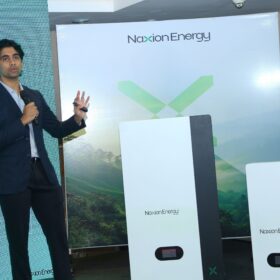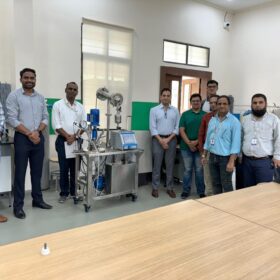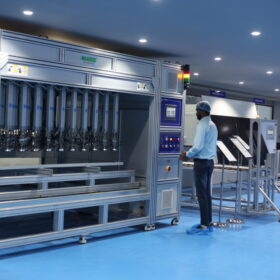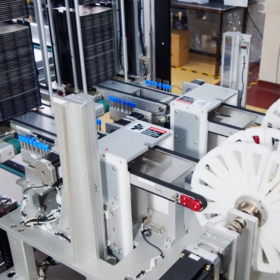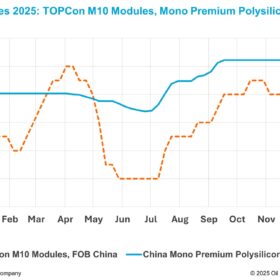Chinese company Ganfeng Lithium prepares solid-state battery test line
The energy storage company is ramping up R&D efforts to try and fast-track commercialization of the more productive – and more expensive – battery tech. The news was announced as part of an uninspiring first-half update thanks to falling lithium salt prices.
China to fund 450 MW of solar capacity in Bangladesh
The two nations have signed an MoU to set up the capacity in the north of Bangladesh along with 50 MW of wind power facilities in the south, near the port of Payra. China will supply an estimated $500m with the host nation freeing up land for the projects.
Jharkhand reissues 2 MW canal solar tender after six-month interval
The state is lagging woefully in the transition to renewable energy with just 38 MW of solar generation capacity towards its 2020 target of 2.65 GW.
India needs to stress equity in push for a green economy
Transition to a green economy in India must be ‘just,’ keeping in mind vulnerable livelihoods. It would need to look at the labour surplus issue, especially for those employed in agriculture and informal sectors—said experts at a national consultative workshop held by sustainability thinktank The Energy and Resources Institute in New Delhi.
Gujarat targets 2 lakh solar rooftop consumers by April
New incentive scheme will see state government offering up to 40% subsidy towards cost of residential solar systems with the aim of adding 8 lakh of new arrays by 2022.
India presents a $500-700 billion opportunity in renewables: IEEFA
The ambitious renewable energy target of 523 GW by 2030, coupled with conducive government policies announced recently, will pave the way for increased renewable investment in the coming decade.
Commercial solar at grid parity in China but a hard line is needed on soft costs
Deploying commercial and industrial PV in China without subsidy is already profitable in some areas, according to a new study, but prohibitive soft costs and cheap electricity are the main barriers for such installations in areas where grid parity remains out of reach.
Corporate clean energy PPAs to smash last year’s record: BloombergNEF
Power purchase agreements for 8.6 GW of clean energy have been signed in 2019 till July—up from 7.2 GW at the same time last year—with USA alone accounting for up to 70% of the deals. India continues to lead the Asia Pacific region despite registering a slowdown in the activity.
Care Ratings revises outlook on 11 solar developers to negative
The revision in outlook reflects increased counterparty risk and weakening in the liquidity position of these generators owing to significant delays in the receipt of payments from Telangana DISCOMs.
5595 electric buses sanctioned under FAME II Scheme
Of these, 5095 e-buses have been allocated to 64 cities for intracity operation, 400 for inter-city operation and 100 for last-mile connectivity to Delhi Metro Rail Corporation.


